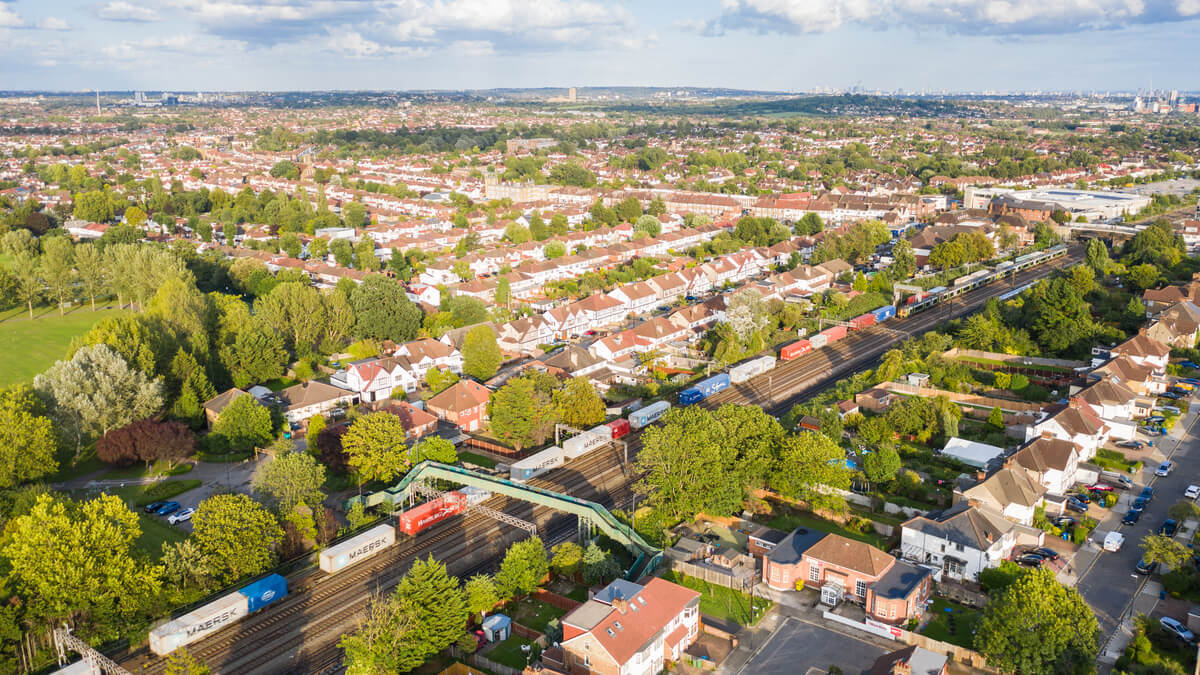The London Borough of Harrow have created an internal dashboard as a simple and effective way to provide instant information about systems linked to their Local Land and Property Gazetteer (LLPG) across the council.
The dashboard was created in November 2016 to answer questions internal departments had around the LLPG, such as when systems were updated, when new property data was added and which systems were linked to the LLPG.
The dashboard is particularly important when updates could impact service areas where the currency of address data is vital. For example, within waste collection services if an address isn't in the LLPG, this could lead to bins not being collected when they should be, generating an inconvenience for the resident concerned and a potential complaint to the council's contact centre
Challenges
There were certain challenges associated with the implementation, these included:
- Simplification of the language associated with the LLPG. Terminology can be technical and for those who do not work with the gazetteer, it can be difficult to understand. Therefore, when creating the dashboard, the language needed to be simplified so that content was clear to all staff viewing it
- The software and development skills needed to create the dashboard. The skills required were self-taught (FME and Python), though it was expressed by the LLPG custodian that this can be learnt by anyone wishing to create their own dashboard
- A need to ensure the LLPG processes used were successfully updated each night to the Oracle database. This was maintained by the LLPG custodian.
Solution
The main message from the London Borough of Harrow is that the dashboard is not a difficult tool to create, and offers many benefits as a return. The dashboard is provided as a web page, and is available to management and the council GIS team. It was created using the software FME as well as the python scripting language.

Outcome
There have been several benefits to the London Borough of Harrow from the creation of the dashboard. These include:
- Increased understanding of the LLPG within various departments of the council
- Improved internal communication when referencing the LLPG
- The dashboard can be used to visualise the complexity of the LLPG by presenting complex data in a simplistic form. This is typically presented in manager meetings to show how the LLPG adds value
- It creates consistency amongst systems
- It provides benefits to public facing services. Particularly those who enquire most about addresses and whether these are in the system
The dashboard brought immediate benefits to the council, but as shown it also has a lasting long term effect on internal departments in the form of communication and understanding.
Further comments
Moving forward, the London Borough of Harrow are looking to add an address search to the map function. This will enable departments such as waste collection to search for properties that have been added that month. This can be used to ensure all properties are up to date on their systems and to reduce the number of requests received by the Custodians to check to see if a property has indeed been added
A further option being explored is to introduce the Improvement Schedule criteria threshold classification rates within the dashboard; Gold, Silver and Bronze to show the current LLPG status. Currently these are entered manually by the custodian. In achieving this, they would be able to show how they're performing and where they may need to improve.
Contacts
- Sam Tizzard (Authority Address Custodian) – [email protected]
- Amber Hill (Research and Communication Coordinator) – [email protected]



